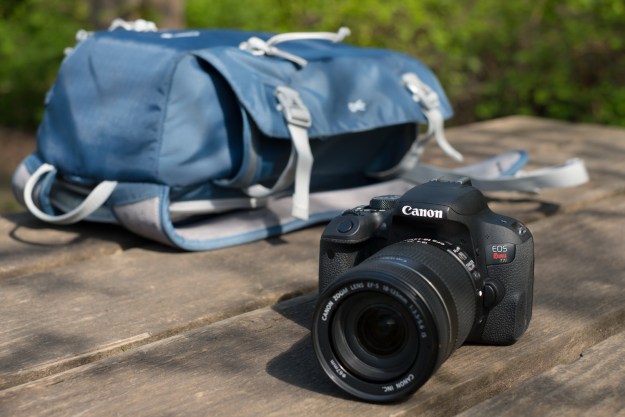The videos celebrate the airline’s business-class only service between London’s LCY and New York’s John F. Kennedy airport, which hits 25 million miles this month — about as many miles that a rocket would rack up if it made 100 round trips to the moon. That’s even more impressive considering the airline has only two planes – an Airbus A318-100, the smallest aircraft in British Airways’ feet – racking up those miles. The upscale service, which began in 2009, puts a sparse 32 passengers on board with full flat beds for the long flights.
But what’s even more remarkable than the milestone or the view is the plane itself, and the maneuvers the pilots have to make in preparation for landing due to LCY’s short runway and steep approach. The A318 is a small jet designed for short and medium-haul flights, but British Airways is the only carrier to fly it on a transatlantic route (with a stop in Ireland when heading to New York). The A318 is the only plane certified by the European Aviation Safety Agency for steep approaches, making it the only option for the route. According to British Airways, its A318s are modified specifically for that landing, with spoilers on the wings that help the pilot maintain the proper speed. Despite the shorter runway, the plane uses only about half of it, thanks to a good set of brakes and reverse thrusters.

And where most airplanes come in for a landing at around three degrees, the landing into LCY requires a five-and-a-half degree descent, switching off autopilot at around 1,000 feet. There are only 27 British Airways pilots qualified to make the rather steep landing; the landing requires a rigorous training, including a flight simulator, and only the most experienced pilots are approved for that particular descent, according to British Airways.
“The views flying into London are breathtaking, and are a constant reminder of what an incredibly beautiful city it really is,” said British Airways Captain Karen Atherton, who completed the landing in the time-lapse. “The level of training required is demanding, and rightly so, but the flying is extremely rewarding.”
The proximity to central London that creates the breathtaking view is one of the reasons the flight is so tough – the flight path is close to the Shard, the tallest building in London, and other skyscrapers. The runway is also shorter than those at London’s other airports, and largely surrounded by water. But the quick access to London’s financial sector makes it an attractive service. The flights also inherited the flight numbers from British Airways’ Concorde service.



